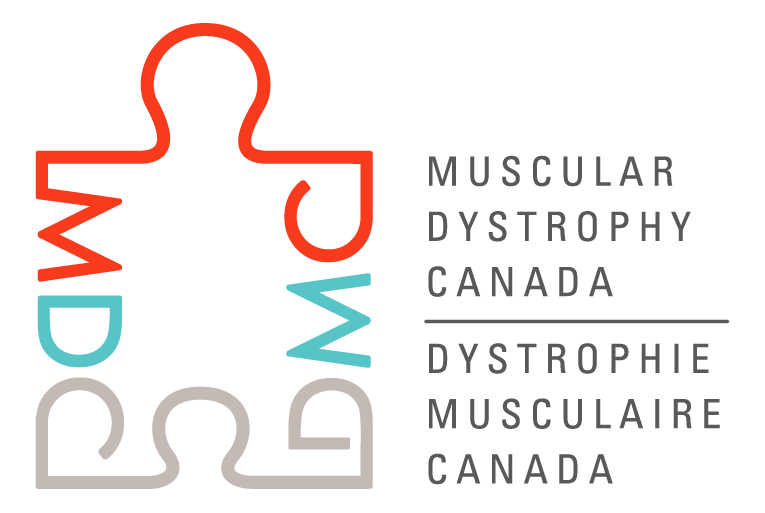Efficacy of wheelchair skills training to improve mobility for people with ARSACS and DM1
2024
Lead investigator

Dr Krista Best
Laval University
Quebec City , Quebec
Collaborators & Co-Investigators
- François Routhier, PhD
- Cynthia Gagnon, PhD
- Xavier Rodrigue, MD, FRCPC
- R. Lee Kirby, MD, FRCPC
Research Sites & Affiliations
- Laval University, Quebec City , Quebec
Budget: $100,000
Disorders: Autosomal Recessive Spastic Ataxia of Charlevoix-Saguenay , Friedreich ataxia
Research Areas: Advance Treatment and Care
Abstract:Wheelchairs are often provided to people with Autosomal recessive spastic ataxia of Charlevoix-Saguenay (ARSACS) and myotonic dystrophy type 1 (DM1) when they are not able to walk anymore. However, giving someone a wheelchair alone does not guarantee they will use it safely or properly. Many people who use wheelchairs need help from others to get around and they can not always do the things they like to do. This can lead to isolation, stress, and reduced quality of life. In addition, poor use of a wheelchair could lead to accidents and injuries. Previous research has recently showed that people with ARSACS have lower wheelchair skills than other adults who use wheelchairs, and that teaching wheelchair skills to people with ARSACS seems to work. This study will test the program with more people with ARSACS and DM1 to see how it can improve wheelchair mobility and confidence. This study will also examine people’s expectations and experiences with wheelchair training. People who take part in this research will answer questions before and after wheelchair training, and follow-up 3 months later to explain their wheelchair use. The results of this study may improve how therapists provide training for wheelchair use, which may improve mobility, participation, and quality of life for people with ARSACS and DM1. Learning just one wheelchair skill could be life-changing. It could mean the difference between leaving the house or not, which could impact the ability to shop for groceries, see friends, or to have a job.
Impact:
